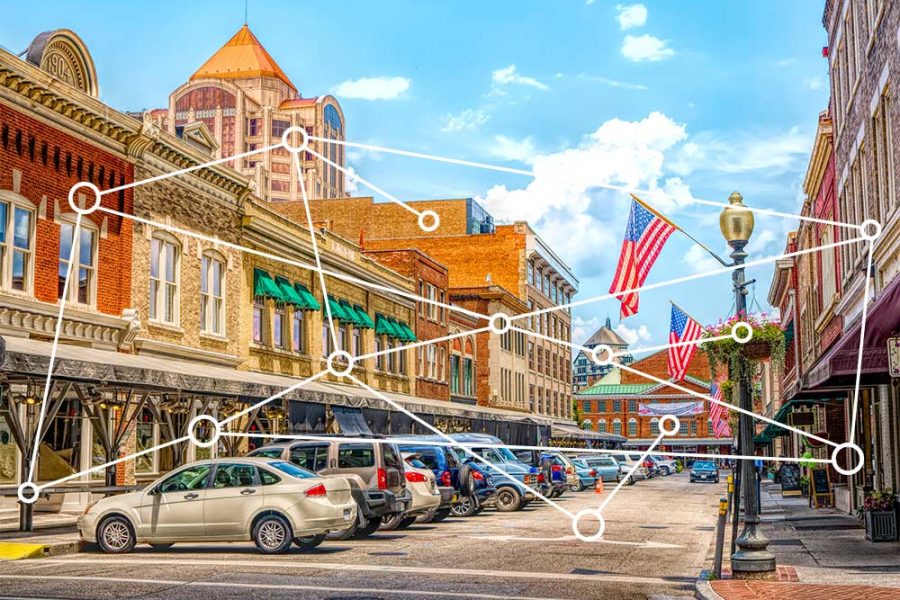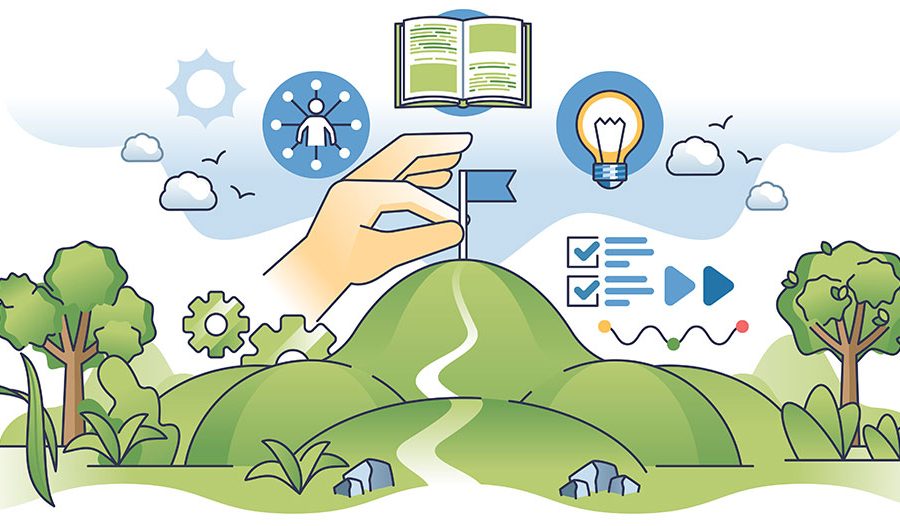- Navigator
- Arts, Entertainment, Recreation, and Events
- Industry Analytics and Strategy
- National
Many industries were hit hard by required or recommended business closures over the course of spring, summer, and now into the fall of 2020. However, one sector that has thrived through the summer months was outdoor recreation. As gyms closed early on in the pandemic, remaining physically active for mental health became a key message from policy leaders, who urged constituents to reacquaint themselves with the great outdoors to get in their daily exercise. Business operators in the outdoor industry say this is the “busiest camping season…in 20 years.”[1] From the Appalachian Trail, to Wisconsin’s State Parks and Connecticut’s park system, Americans headed to the great outdoors to find a change of scenery.
Since the onset of the COVID-19 pandemic, demand for outdoor recreation activities has skyrocketed. The Outdoor Industry Association reports that the biggest increases in outdoor recreation were running, cycling, and hiking.[2] Consumers were still taking advantage of the sharing economy to plan their outdoor adventures. RVShare, the RV equivalent of AirbnB, saw a sharp increase in usage once initial reopening plans were announced back in the spring.[3] Consumers were also acquiring the right gear for their adventures. Yeti, the high-end purveyor of outdoor and recreational products attributes their 2020 success to the increased uptake in outdoor activities and their push to increase digital sales while brick and mortar stores were closed.[4] Vista Outdoor Inc., another outdoor sports company that includes CamelBack and Bushnell said that their second quarter 2020 sales grew by 29%.
In addition to trails and parks, consumers sought out other outdoor options like agritourism. The combination of tourism and agriculture production as a concept and industry has become a major subset of the visitation and recreation markets, and also experienced massive support this summer. The United States Department of Agriculture (USDA) defines agritourism as “farms that contain a recreational or educational enterprise component, such as tours of a working farm and pick-your-own-fruits.” Prior to COVID-19, the USDA reported that farm agritourism revenue grew from $704 million in 2012 to almost $950 million in 2017. Total agritourism revenue is a relatively small portion of total farm revenue, 5.6%.[5] Research has shown that multiple iterations of farm education and engagement lead to more visitors and therefore more revenue generation potential for farms. The USDA notes the economic impact of community ties, citing farms that focus on community connections provide job opportunities for residents, who then circulate that money locally through other businesses.
While people are seeking more outdoor time in their recreational activities, outdoor hospitality accommodations like glamping are also ideal for accommodating required COVID-19 prevention measures. Such lodging helps people limit time in crowded spaces as sites are less likely to have elevators, rooms are not usually attached to each other, and there are less shared spaces than traditional lodging.[6] From cabins to safari tents, to yurts to tree houses, the type of structure varies but is generally covered under the term “glamping.” Glamping does not only refer to the type of structure but “includes luxurious facilities….it can include amenities such as beds, en-suite bathrooms, gourmet meals etc.” This expectation of high-end amenities with eco-conscious facilities typifies where market demand has grown in the last several years.[7] The prevalence of glamping and alternative accommodations are not just a niche market, these locations have made their way to visitation giants like Airbnb, where stays are offered in barns, tiny houses, farm stays, treehouses, and more. Other glamping or camping specific sites include: thrillophilia.com, tenterr.com, and glampsites.com.[8] Private equity has also begun to support more locations within this sector, indicating that the market is expected to be a profitable investment.
With the pandemic extending beyond six months at the time of this writing, people have formed new habits and have new expectations for the type of experiences that they want in a retreat or vacation. Lincoln International reports that nearly 40% of consumers say that the changes they are making towards outdoor recreation due to COVID-19 will be permanent.[10] The push for outdoor recreation will continue to shape the hospitality, tourism, and recreation sectors in the coming years.
What does this mean for economic developers?
Think about cross promotion with other businesses – Work with the local or regional tourism agency to cross promote related activities – from lodging to dining to other specialty activities. Glampers are often a high-earning market and will likely be willing to spend other money in your community if there are clear opportunities for this to occur.
Dusting off outdoor assets – Outdoor assets like trails, parks, blueways, or boat launches have seen more usage than they probably have in quite some time. Reach out to public works departments, planning, or other municipal departments to ensure that these assets are ready for prime time usage and identify any deficiencies that might need to be addressed in the next budget cycle. This could be anything from maintenance to a growth plan to making sure trails are accessible to all.
Adapting signage – While we often talk about wayfinding and signage as it applies to downtowns, signage between and among outdoor assets is incredibly important not just to connect people to assets but for safety as well. Take an assessment of signage related to your community’s outdoor assets. Can people determine the hours of these spaces? Are there directions to restrooms or other amenities?
Bringing Main Street businesses to the great outdoors – Main street businesses have suffered from the lack of foot traffic in typical commercial corridors. Working with businesses to increase their visibility by rotating pop-ups in open spaces or areas that attract outdoor enthusiasts can boost business sales. Additionally, as consumer demand shifts for different outdoor recreation, some stores may be able to pick up on this increased demand by offering different products that capture this demand.
Provide needed training or education around enhanced recreation opportunities – While agribusiness can be a way for traditional farms to add a new revenue stream, it requires upstart costs, training, and education. Making sure that these farmers, or other outdoor-centered businesses, have access to relevant training for them to improve their business will help open up these new markets.
True to the trend, I found myself fly fishing and camping for the first time this summer. Did your community see an uptick in trail usage or maybe your municipal parks experienced some extra love? Let us know in the comments below.
This research is part of ongoing project work with Camoin clients.
Images: Alex Tranmer
[2] Increase in Outdoor Activities Due to COVID-19. Outdoor Industry Association. August 13, 2020.
[5] Whitt, Christine; Low, Sarah; Van Sandt Anders. Agritourism Allows Farms To Diversify And Has Potential Benefits For Rural Communities. November 4, 2019. USDA.
[6] Olmsted, Larry. Glamping is 20202’s Hottest Travel Trend: Here are the Best Places for Your Trip. Forbes.com. June 23, 2020.
[7] Thomas, Elisabeth. The Rise of Glamping: Market Evolution & Trends. America Outdoors.
[8] Global Glamping Market Analysis and Segment Forecast to 2025. Grand View Research, Inc. 2019.
[9] IBISWorld Industry Report: Bed & Breakfast & Hostel Accommodations in the US 72119





